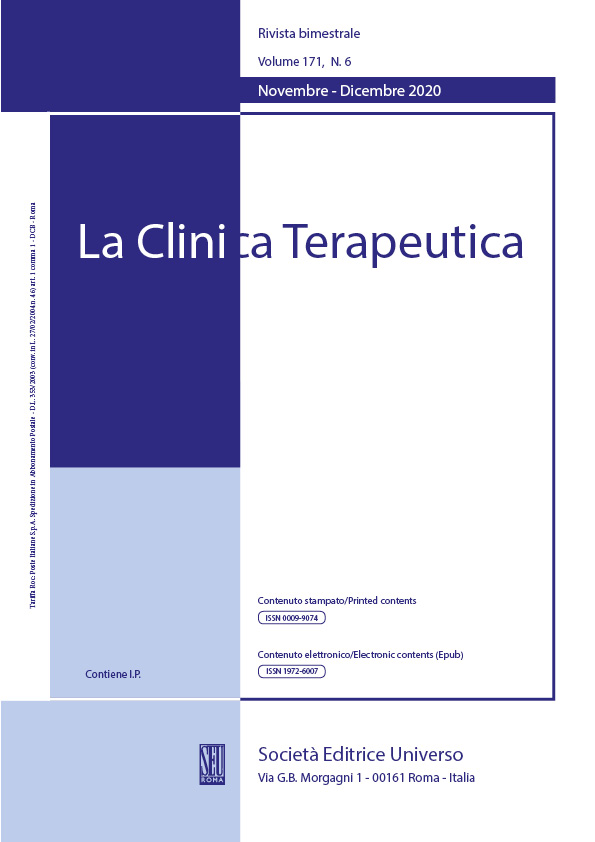Abstract
Objective
The aim of this cross-sectional research was to analyze the association between the disc position of the temporomandibular joint (TMJ) evaluated by magnetic resonance imaging (MRI) and the mandibular deviation evaluated by posteroanterior cephalometric (PA) in adolescents.
Materials and Methods
The sample was 53 adolescents aged 11-18 years. This cross-sectional study was based on the analysis of PA and bilateral TMJ MRI images retrospectively selected. The mandibular deviation was evaluated by PA and defined by the amount of menton (Me) deviation from the midsagittal reference line. The temporomandibular disc position was evaluated by MRI: normal (N), disc displacement with reduction (DDR) and disc displacement without reduction (DDNR). The DDNR was considered more severe than the DDR. The patients were classified into three groups based on the bilateral disc position: group I, the same bilateral disc position; group II, disc displacement more severe on the ipsilateral side of the menton deviation; group III, disc displacement more severe on the contralateral side of the menton deviation. ANOVA followed by post hoc Tukey’s test was used to evaluate the interaction between the menton deviation and the bilateral disc position.
Results
There was an association statistically significant between the bilateral disc position and the Me deviation (p<0.05). There were significant differences in the mean of the menton deviation between group II (4,40 ±2,26), and group I (2,17±1,93) and III (2,10±1,70).
Conclusions
the menton deviation was significantly correlated with the disc position in the TMJ exhibit more deflection to the side more affected.
